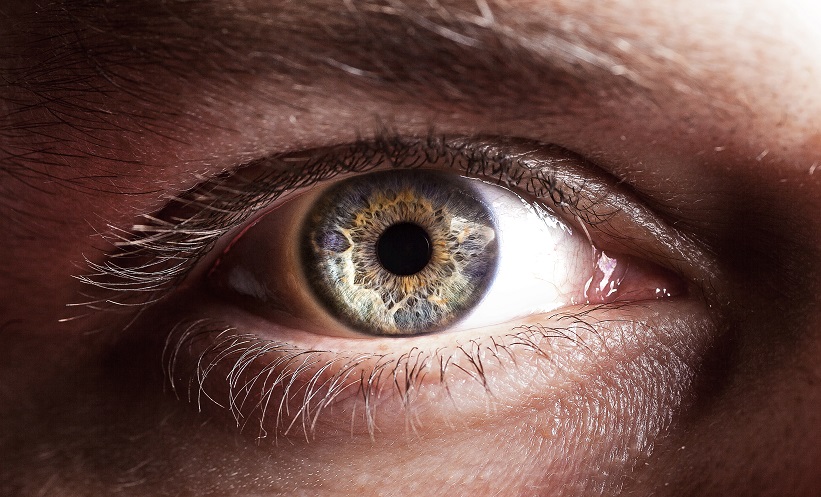THE INCREASING reliance on diagnostic imaging in modern medicine has placed radiologists under significant strain, exacerbated by workforce shortages across healthcare systems. With growing case volumes and complex image sets, enhancing radiological training has become a pressing priority. Traditional approaches often overlook visual perception, the foundational skill behind accurate lesion detection. A recent study addresses this gap by evaluating the effectiveness of targeted visual training on diagnostic performance. Notably, peripheral vision training led to a marked improvement in diagnostic accuracy, a key factor in reducing missed diagnoses.
The study employed a pre-post experimental design involving participants assigned to intervention groups undergoing intensive visual training. These groups received structured sessions aimed at enhancing perception in either centrally or peripherally occluded vision scenarios, replicating typical diagnostic viewing conditions. Performance was measured before and after training, using metrics such as accuracy, sensitivity, positive predictive value, task time, specificity, and negative predictive value.
Peripheral vision training yielded statistically significant improvements across several key diagnostic metrics. Participants’ mean diagnostic accuracy rose from 59.5% to 68.0% (p<0.001), while mean sensitivity increased from 69.0% to 79.5% (p<0.001). Positive predictive value also improved from 65.6% to 82.9% (p<0.001). Additionally, the time required to complete tasks decreased notably, from 1163.4 seconds to 877.3 seconds (p<0.001), indicating improved efficiency. However, there was no statistically significant improvement in specificity or negative predictive value for either peripheral or central training methods, suggesting limited benefits in reducing false positives.
These findings highlight the clinical value of enhancing peripheral visual perception during training to help mitigate missed diagnoses in medical image interpretation. However, the study’s limitations include its focus on short-term performance metrics and the lack of generalisability across diverse clinical settings or pathologies. The results support integrating targeted perceptual training into radiology education but highlight the need for further research on long-term outcomes and broader applicability. Clinically, these insights can help inform the design of training programmes aimed at producing more perceptually adept diagnostic professionals, thereby improving patient outcomes in high-demand imaging environments.
Reference
Wang F et al. Improving lesion detection skills in medical imaging education through enhanced peripheral visual perception. Sci Rep. 2025;15(1):24130.








